Borrowers must be enrolled at least half time (6 credit hours for undergraduate students and 4 credit hours for graduate students) and meet all other compliance requirements for the loan funds to be credited to the student account.- If the funds cause a credit balance on the student account, the Bursar’s Office will issue a refund.
AWARDING OF TITLE IV, HEA FUNDS
All Title IV funds are awarded based on the information received from the FAFSA. Prospective students must enroll in an eligible program at an eligible institution and complete the FAFSA, which can be found at https://studentaid.gov/h/apply-for-aid/fafsa.
The Financial Aid office will check NSLDS to be sure the student is not in default and/or does not owe a refund on a grant from another school. It is also important to check NSLDS to see if a student has received Title IV aid for the same academic year at another institution.
The Financial Aid office also checks COD for the Pell LEU (Lifetime Eligibility Used) to see how much Pell the student has already used. A student may only receive 600% of Pell, a student may not be packaged with Pell if they are over the Limit. If the student is near the limit, the financial aid package can only show Pell in an amount that would not exceed 600% (including the previously received Pell). It also checks all “C” codes, verification flags, etc.
All Financial Aid is based on the Cost of Attendance at the school. The Cost of Attendance consists of Tuition, Fees, Books, Supplies, Room and Board, Transportation and Personal Expenses. The Cost of Attendance for our school is given to us by our third-party servicer Campus Ivy, who uses the federal guidelines. The Financial Aid Office will use the Campus Ivy software to determine the financial aid available.
The general rule in packaging is that the student’s total financial aid must not exceed the student’s financial need (Need = Cost of Attendance (both direct and indirect costs) minus the EFC) the need will be filled with various financial aid programs.
The Financial Aid office makes sure the ISIR has correct information – Name, Social Security # – Date of Birth – address – telephone number as that information will be needed to process financial aid.
COA – EFC = NEED
The sum of all need-based awards will not exceed the need of the student
The sum of all awards (need and non-need) will not exceed the COA
Pell Grants will be automatically awarded based on the Estimated Family Contribution (EFC) that was received with the FAFSA.
Any Scholarship expected to be received by the student must be disclosed by the student and then be calculated into the student financial aid package.
Direct Subsidized and Unsubsidized Loans will be awarded based on the student’s need. The school will not award loans unless the student requests the loans. The school award loans and give students requested loans.
Direct Plus Loan is a non-need-based loan and the amount to be awarded will be based on the COA minus any financial aid. The parent must pass a credit check to get a PLUS loan..
When the student starts classes, the school’s Financial Aid office will request the first Pell disbursement using the Campus Ivy Software, including all needed information for Campus Ivy to request in turn the funds (G5).
After 30 days from the student’s start date and after the student completes the Master Promissory Note, the school’s Financial Aid requests the loan using the Campus Ivy program including all needed information for Campus Ivy to request in turn the funds (G5).
Note: Pell Grants, Direct Subsidized Loans, and Direct Unsubsidized Loans have amount limits established by the regulatory agencies.






